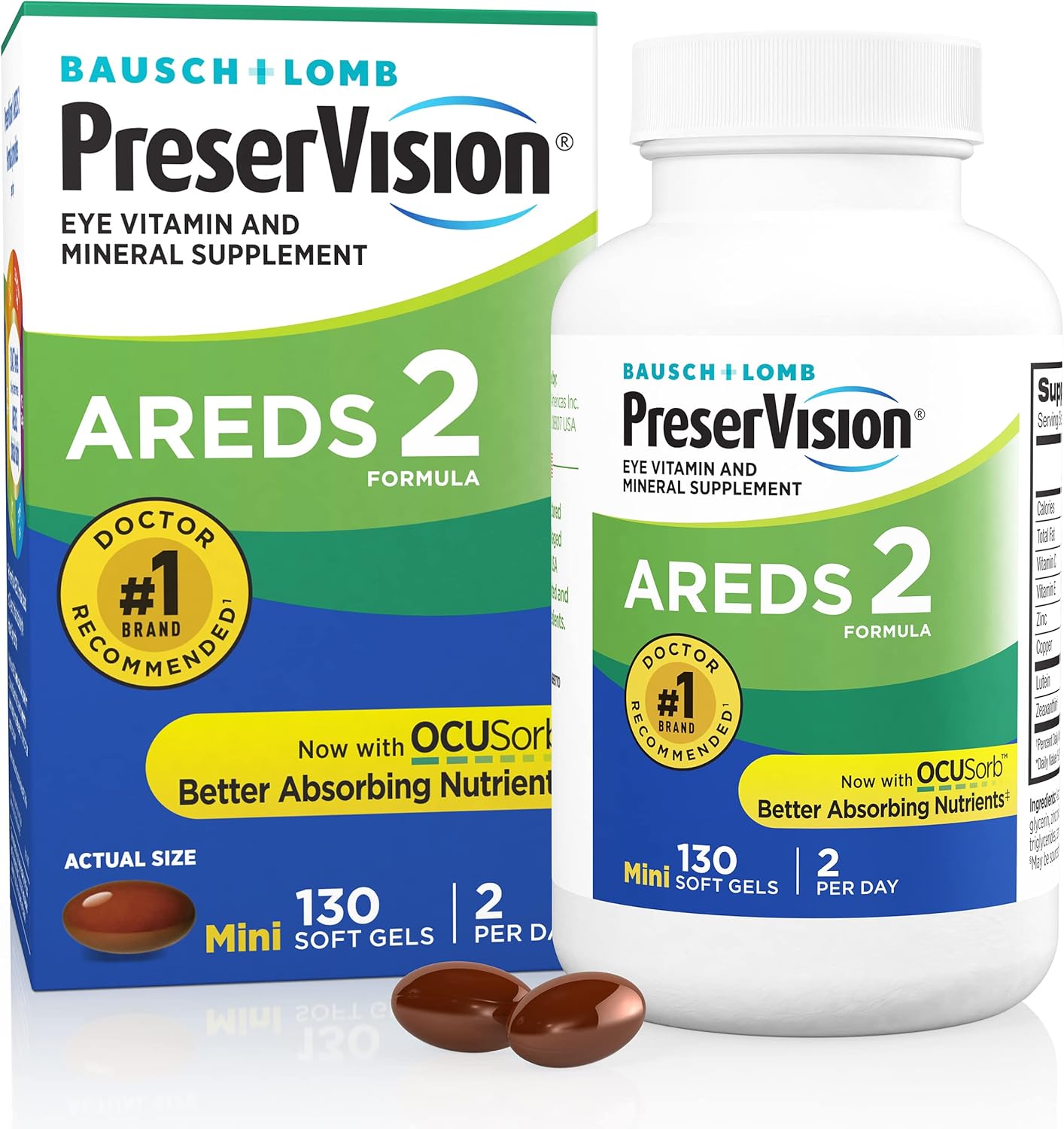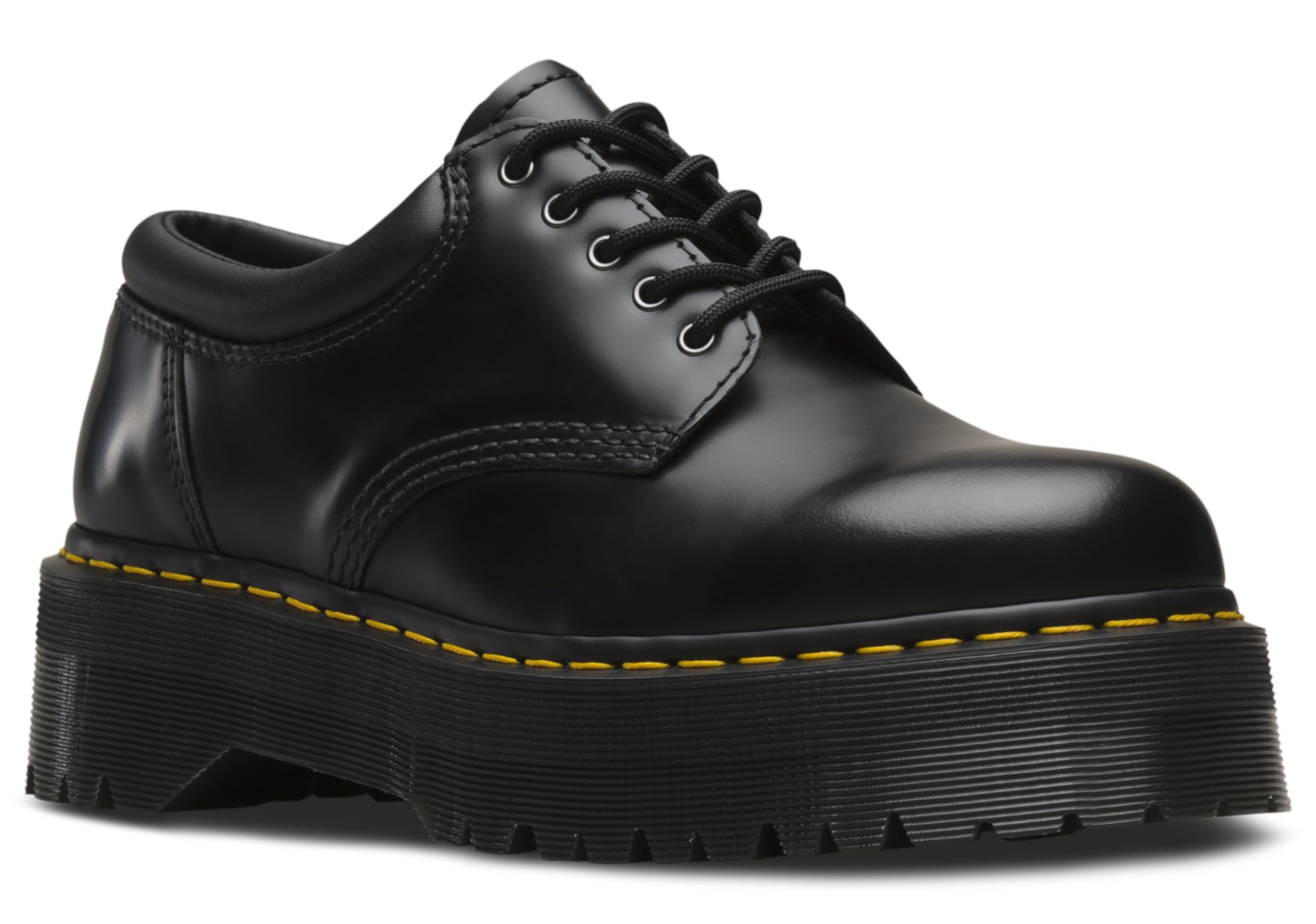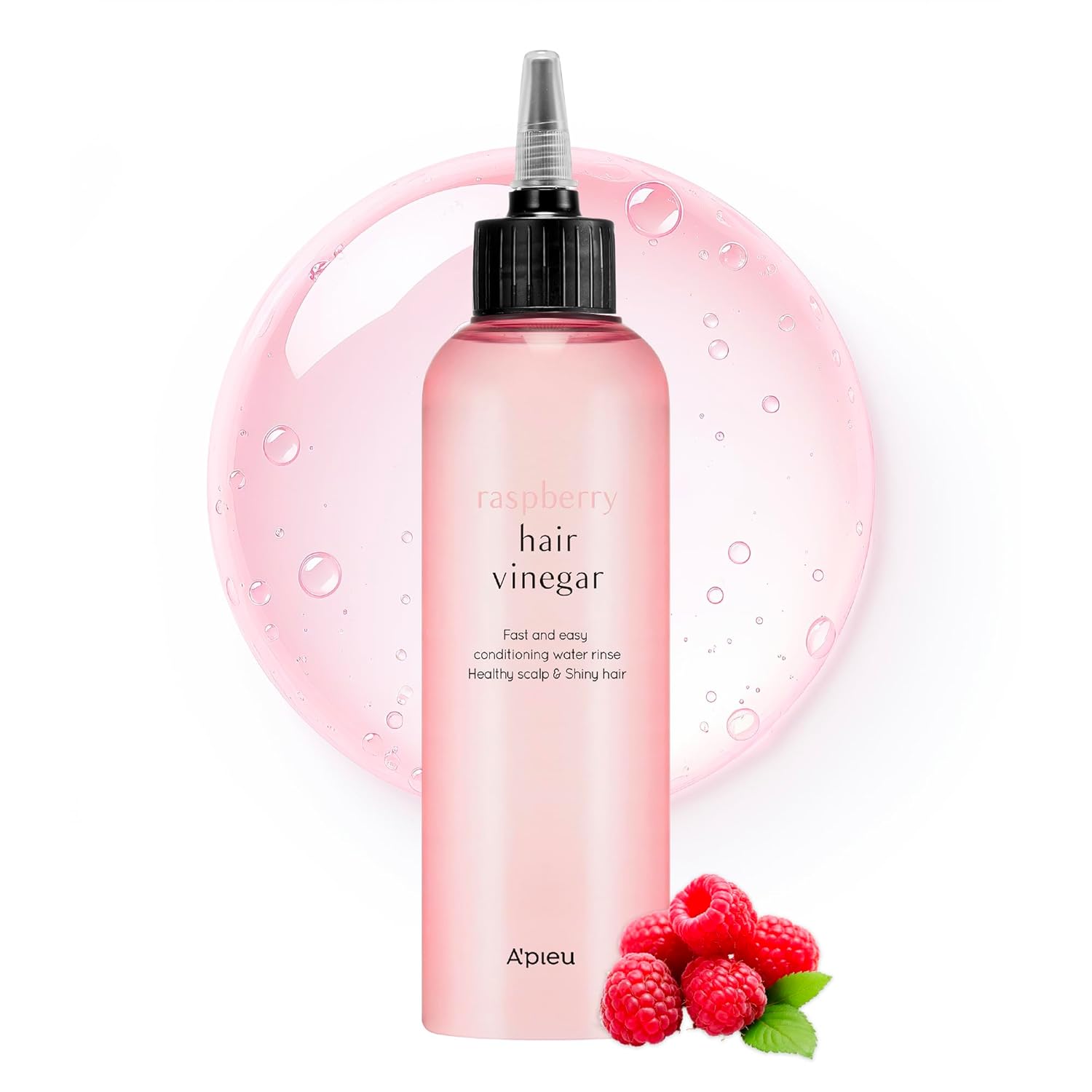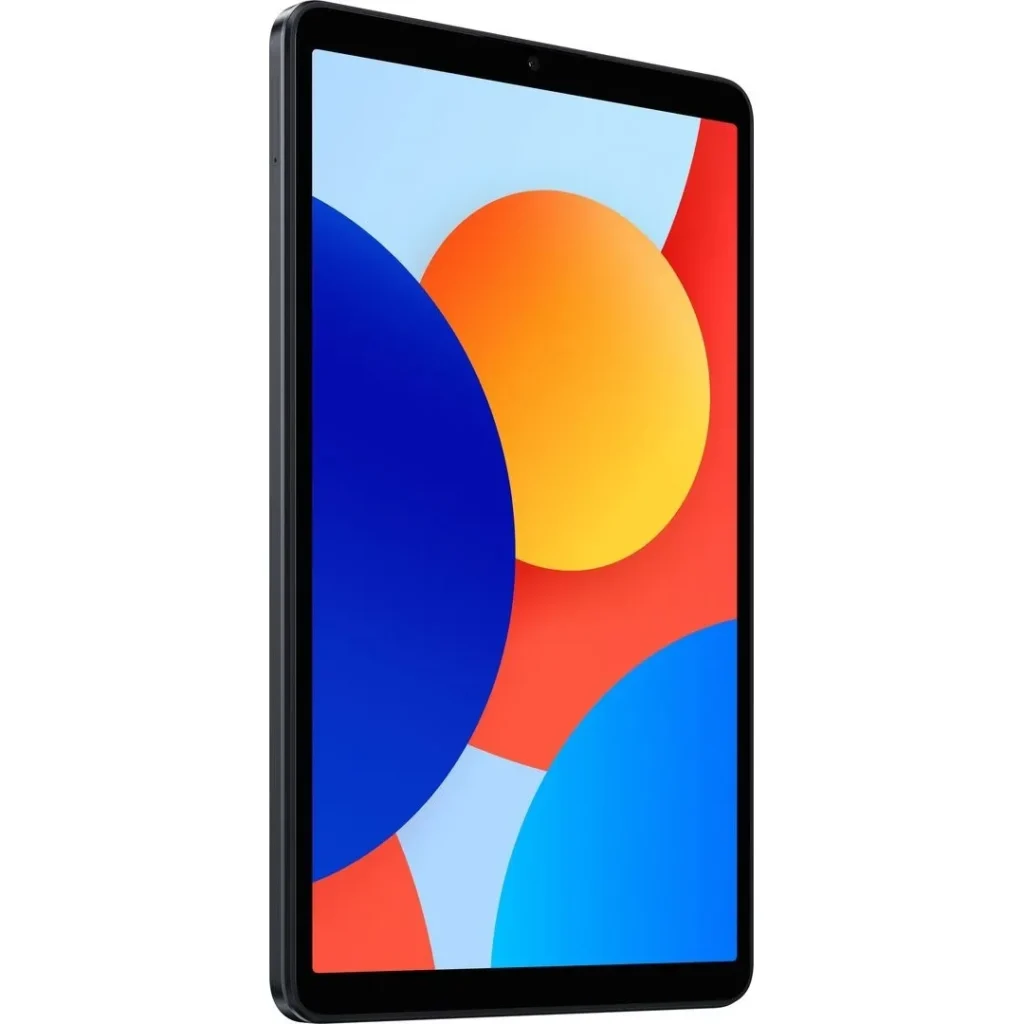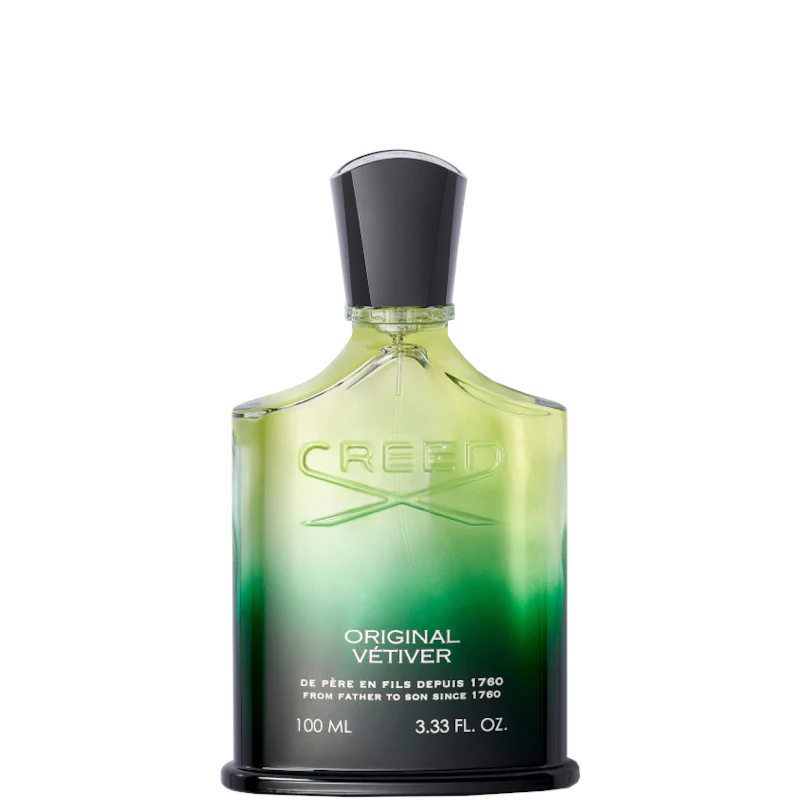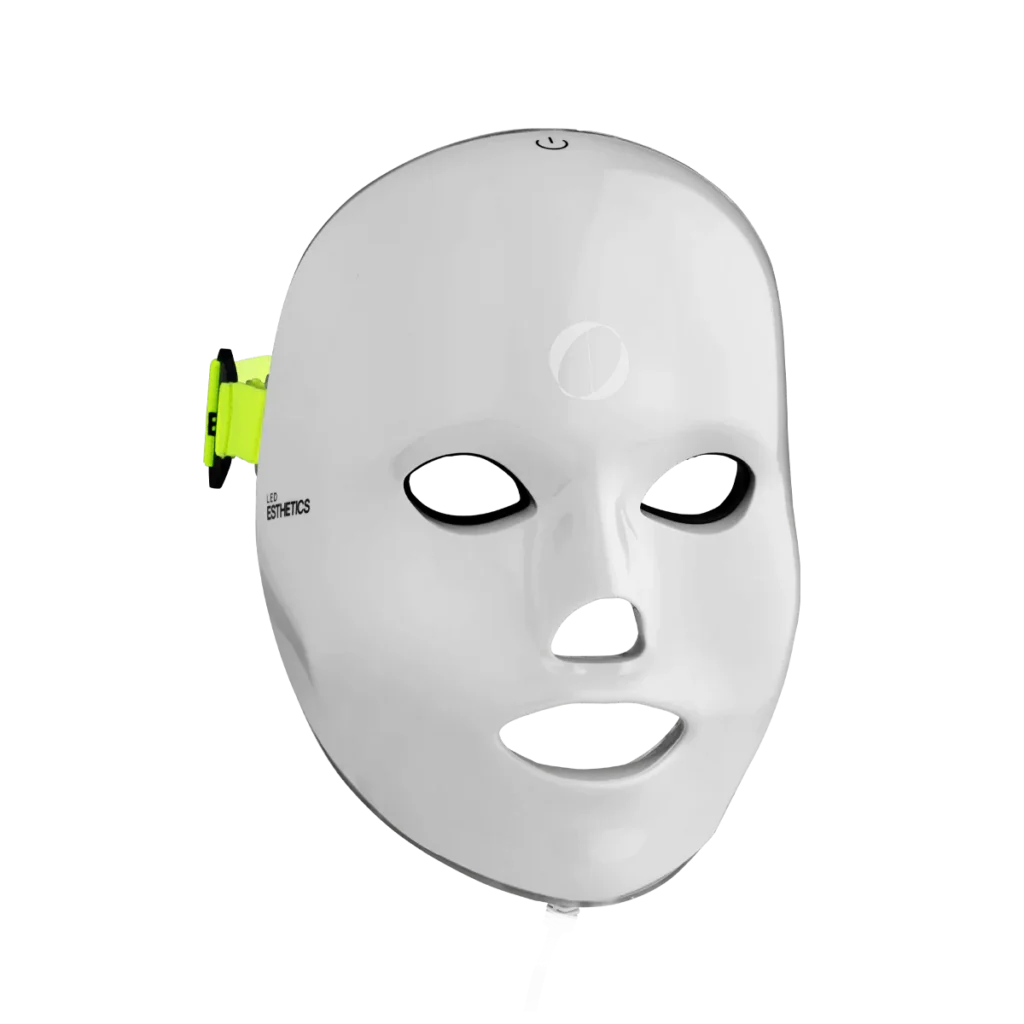As we get older, even simple activities like reading a restaurant menu, recognizing faces across the room, or enjoying the fine details of a sunset can become increasingly difficult. For millions, these frustrations stem from age-related macular degeneration (AMD), a progressive eye disease that gradually robs central vision. Early symptoms—slightly blurred vision, shadowy areas, or difficulty adapting to low-light environments—often go unnoticed until the condition has advanced. Without intervention, those affected risk losing the ability to drive safely, read comfortably, or recognize loved ones’ expressions. The emotional toll of deteriorating sight can be profound, leading to anxiety, reduced independence, and a diminished quality of life.
In this article, you’ll discover how PreserVision AREDS 2 Vitamin & Mineral Supplement provides a clinically tested formula to help slow the progression of intermediate to advanced AMD. You’ll learn about the research behind the AREDS 2 study, the key nutrients involved, recommended usage, and practical advice for integrating this supplement into your daily routine—so you can take an active role in preserving your vision and maintaining life’s most vivid moments.
Shop PreserVision AREDS 2 Vitamin & Mineral Supplement

Understanding AMD and the Importance of Early Intervention
Age-related macular degeneration affects the macula, the central portion of the retina responsible for sharp, straight-ahead vision. In its early stages, AMD may present without any noticeable vision loss, making regular eye exams essential—especially for individuals over 50. As drusen deposits accumulate under the retina, patients may experience mild distortion or difficulty reading fine print. Over time, drusen growth and changes in retinal pigment can progress AMD to its intermediate and advanced forms, where geographic atrophy (dry AMD) or abnormal blood vessel growth (wet AMD) severely impair central vision. Peripheral vision generally remains intact, but tasks such as threading a needle or recognizing a friend’s face become challenging.
Because there is no cure for AMD, prevention and slowing disease progression are paramount. Lifestyle measures—like quitting smoking, maintaining healthy blood pressure, and wearing UV-protective sunglasses—play a critical role. However, landmark clinical trials sponsored by the National Eye Institute have shown that specific nutrient combinations can significantly reduce the risk of progressing from intermediate to advanced AMD. That’s where formulations like PreserVision AREDS 2 come into play, offering an evidence-based approach to support macular health.
The Science Behind the AREDS 2 Formulation
The original AREDS (Age-Related Eye Disease Study) in 2001 demonstrated that a high-dose combination of antioxidants (vitamins C and E), zinc, copper, and beta-carotene reduced the five-year risk of advanced AMD by about 25%. Building on these results, the AREDS 2 trial (reported in 2013) refined the formula to improve efficacy and safety:
- Lutein & Zeaxanthin: Replacing beta-carotene (which posed an increased lung cancer risk in smokers), these macular carotenoids concentrate in the retina and filter harmful blue light, reducing oxidative stress.
- Zinc & Copper: Zinc supports retinal enzyme function, while copper prevents copper-deficiency anemia that can result from high zinc intake.
- Vitamins C & E: These antioxidants scavenge free radicals generated by normal metabolic processes and environmental exposures (UV, pollution), protecting photoreceptor cells from damage.
In AREDS 2, participants taking the refined formula experienced an 18% further reduction in progression to advanced AMD—beyond the original formulation’s benefits. Those with low dietary intake of lutein and zeaxanthin benefited most, underscoring the importance of supplementing these nutrients when diet alone is insufficient.
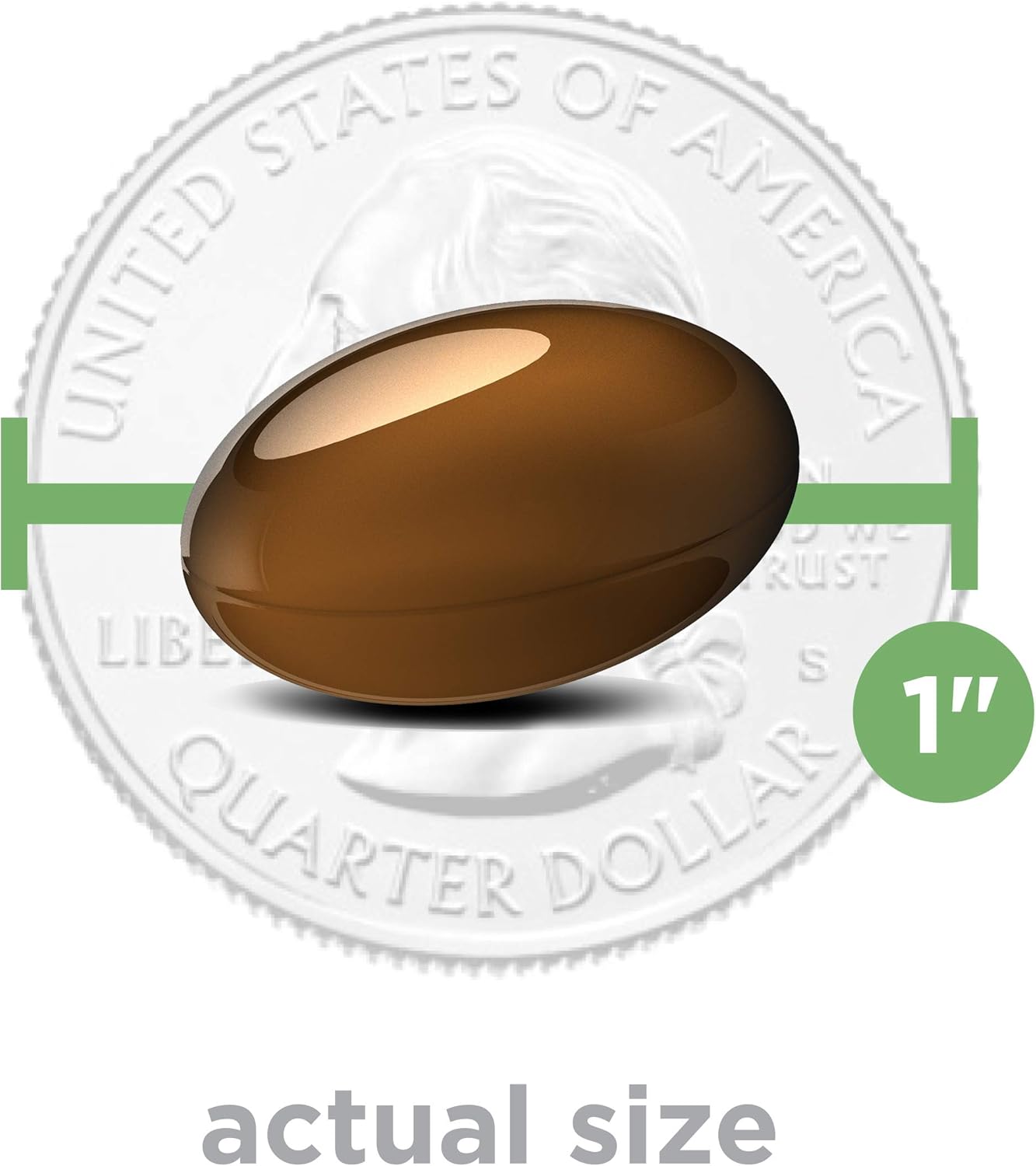
Key Ingredients and Their Roles
PreserVision AREDS 2 delivers the precise dosages used in the AREDS 2 trial:
- Lutein (10 mg): Supports macular pigment density and helps maintain visual acuity by filtering high-energy light that can damage retinal cells.
- Zeaxanthin (2 mg): Works synergistically with lutein to neutralize free radicals and maintain optimal macular pigment optical density.
- Vitamin C (500 mg): A potent water-soluble antioxidant that regenerates vitamin E, bolstering overall retinal antioxidant defenses.
- Vitamin E (400 IU): A fat-soluble antioxidant that protects lipid membranes of photoreceptor cells from peroxidation.
- Zinc (80 mg as zinc oxide): Essential for retinal metabolism and immune function; helps stabilize cell membranes.
- Copper (2 mg as cupric oxide): Counters copper depletion caused by high zinc intake and supports normal red blood cell formation.
Each tablet contains no beta-carotene, making it safer for current or former smokers. The supplement is free of gluten, yeast, milk, eggs, fish, shellfish, peanuts, and tree nuts—minimizing allergy concerns.
Who Should Consider PreserVision AREDS 2?
This supplement is specifically indicated for adults who have:
- Intermediate AMD in one or both eyes: Presence of many medium-sized drusen or at least one large drusen (~125 µm diameter).
- Advanced AMD (geographic atrophy) in one eye: Patients with advanced dry AMD in one eye and vision impairment in the other.
- No AMD or only early AMD: Current evidence does not support use in individuals with no signs of macular degeneration or only small drusen, as the risk-reduction benefit applies to later stages.
Before starting any high-dose supplement, discuss it with your ophthalmologist or primary care physician—especially if you have conditions like kidney disease, anemia, or take medications that interact with zinc or fat-soluble vitamins. For current and former smokers, the AREDS 2 formula’s omission of beta-carotene is a safety advantage.
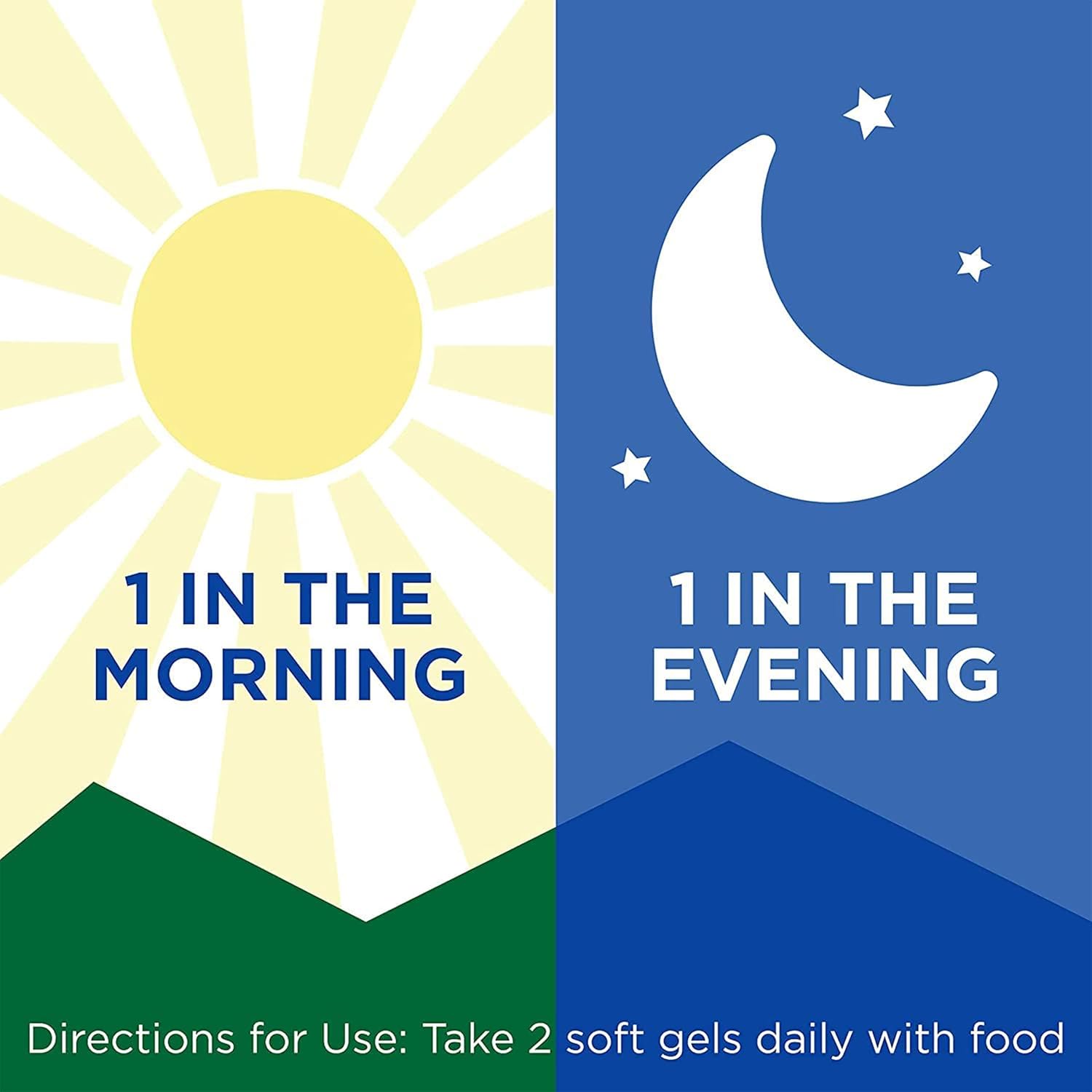
Practical Tips for Daily Use
To maximize effectiveness and adherence:
- Take One Tablet Daily with Food: Fat-soluble vitamins (E, lutein, zeaxanthin) absorb best when taken with a meal that contains healthy fats (avocado, olive oil, nuts).
- Incorporate into Routine: Pair your supplement with an existing daily habit—such as brushing your teeth in the morning—to create a lasting routine.
- Monitor for Mild Side Effects: Some individuals may experience mild stomach discomfort or changes in stool color due to zinc. If needed, switch the time of day or the type of meal you take it with.
- Maintain a Balanced Diet: While supplementing is crucial for AMD risk reduction, continue consuming leafy greens, colorful fruits, and omega-3 rich fish to support overall eye health.
- Schedule Regular Eye Exams: Even with supplementation, routine dilated eye exams help monitor AMD progression and adjust treatment plans as needed. Early detection of wet AMD may warrant additional interventions like anti-VEGF injections.
Shop PreserVision AREDS 2 Vitamin & Mineral Supplement
Comparing Alternative Supplements
Many over-the-counter “eye health” products claim to support vision, but few adhere to the exact dosages validated by clinical trials. Beware of formulations that:
- Use lower doses of lutein/zeaxanthin: Sub-therapeutic levels may offer little benefit for macular pigment density.
- Include beta-carotene: Increases lung cancer risk in smokers and may substitute less effective antioxidants.
- Omit zinc or copper: Without these minerals, antioxidant systems in the retina may operate suboptimally.
By choosing a product like PreserVision AREDS 2 that replicates the AREDS 2 trial’s proven formula, you ensure you’re getting the nutrients at the correct amounts for AMD risk reduction.
Addressing Common Concerns
Many patients ask whether supplementation alone is enough. While PreserVision AREDS 2 provides a strong foundation, comprehensive eye health also involves:
- Lifestyle Modifications: Quitting smoking, controlling blood pressure, and wearing sunglasses that block UV/blue light.
- Proper Screen Habits: The 20-20-20 rule (every 20 minutes, look at an object 20 feet away for 20 seconds) reduces digital eye strain.
- Exercise & Weight Management: Regular physical activity and maintaining healthy weight can reduce AMD risk factors like hypertension and systemic inflammation.
Supplements are not a replacement for these measures but rather an essential component of a multifaceted strategy to preserve vision.
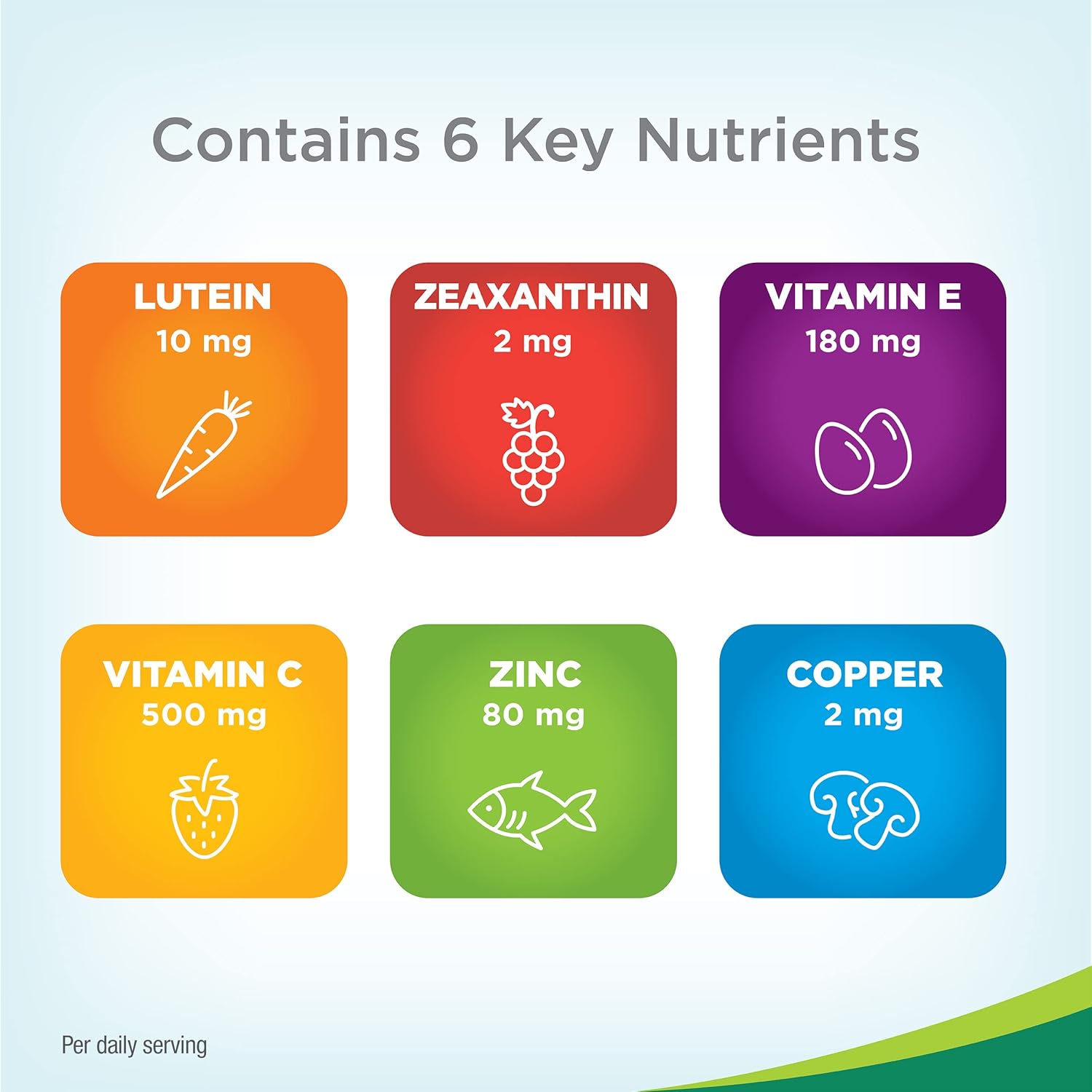
Conclusion
Age-related macular degeneration poses a significant threat to independence and quality of life, but you don’t have to face it unarmed. PreserVision AREDS 2 Vitamin & Mineral Supplement delivers the precise blend of lutein, zeaxanthin, vitamins C and E, zinc, and copper shown in the landmark AREDS 2 study to slow progression from intermediate to advanced AMD. By integrating one tablet daily—ideally with a healthy meal—alongside regular eye exams and lifestyle measures, you take proactive steps toward safeguarding your most precious sense. Don’t let diminished vision dim your world; with a science-backed supplement and a comprehensive eye-health plan, you can continue reading, driving, and savoring life’s vivid moments for years to come.
Shop PreserVision AREDS 2 Vitamin & Mineral Supplement
FAQ
- What stages of AMD qualify for PreserVision AREDS 2?
It’s indicated for adults with intermediate AMD (medium-sized or large drusen) or advanced AMD in one eye. It’s not recommended for those with no AMD or only small drusen. - Why does this formula omit beta-carotene?
The AREDS 2 trial replaced beta-carotene with lutein and zeaxanthin due to lung cancer risk in current and former smokers. - How long before I see benefits?
Clinical benefits in reducing progression risk were measured over a five-year period. Consistent daily use and regular eye exams are key. - Can I take it if I have kidney issues?
High-dose zinc and vitamins may require physician approval in chronic kidney disease. Always consult your healthcare provider before starting. - Are there any drug interactions?
Zinc can interact with some antibiotics (tetracyclines, fluoroquinolones). Check with a pharmacist if you’re on prescription medications. - Does diet alone suffice?
While leafy greens and fish are beneficial, achieving clinical AREDS 2 nutrient levels through diet alone is challenging—hence the need for targeted supplementation. - Is it safe for long-term use?
The AREDS 2 formula has been studied for at least five years without major safety concerns, provided you follow recommended dosages. - What if I miss a dose?
Take the tablet as soon as you remember. Do not double-dose; resume your regular schedule the next day. - Can people under 50 take this supplement?
It’s primarily studied in older adults at risk of AMD. Those under 50 without AMD signs generally do not need this formulation. - How should I store the supplement?
Keep the bottle tightly closed in a cool, dry place away from direct sunlight. Avoid storing in bathrooms where humidity is high.


